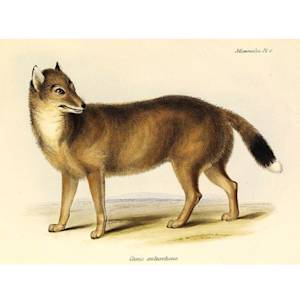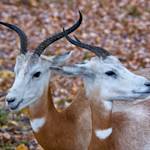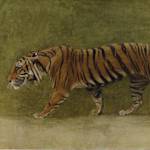The Age of Mammals begins
65 million BCE • Earth
"For mammals, the asteroid was both their moment of greatest peril and their big break . . . What allowed some mammals to endure? . . . The survivors were smaller than most of the Cretaceous mammals, and their teeth indicate they had generalist, omnivorous diets. The victims, on the other hand, were larger, with more specialized carnivorous or herbivorous diets. They were supremely adapted to the latest Cretaceous world, but when the asteroid unleashed disaster, their adaptations became hardships. The smaller generalists, in contrast, were better able to eat whatever was on offer in the postimpact chaos, and they could have more easily hunkered down to wait out the worst of the bedlam . . . As ecosystems recovered in the earliest Paleocene, many of the mammals that started to multiply were eutherians, the placental antecedents that were once bit players in the Cretaceous. Their tiny bodies, flexible diets, and perhaps faster ways of growing and reproducing allowed them to commandeer open niches and start building new food webs . . . These plucky survivors forged a new world—an Age of Mammals, in which placentals, more than all the others, became ascendant.
Stephen Brusatte, "How Mammals Conquered the World after the Asteroid Apocalypse," Scientific American, June 1, 2022.
Image: Dallas Krentzel via Flickr, CC BY 2.0 DEED Attribution 2.0 Generic


Learn about Maya Lin’s fifth and final memorial: a multi-platform science based artwork that presents an ecological history of our world - past, present, and future.

Discover ecological histories and stories of former abundance, loss, and recovery on the map of memory.

Learn how we can reduce our emissions and protect and restore species and habitats – around the world.

See how art can help us rethink the problems we face, and give us hope that each one of us can make a difference.

Help make a global memorial something personal and close to home. Share your stories of the natural world.


